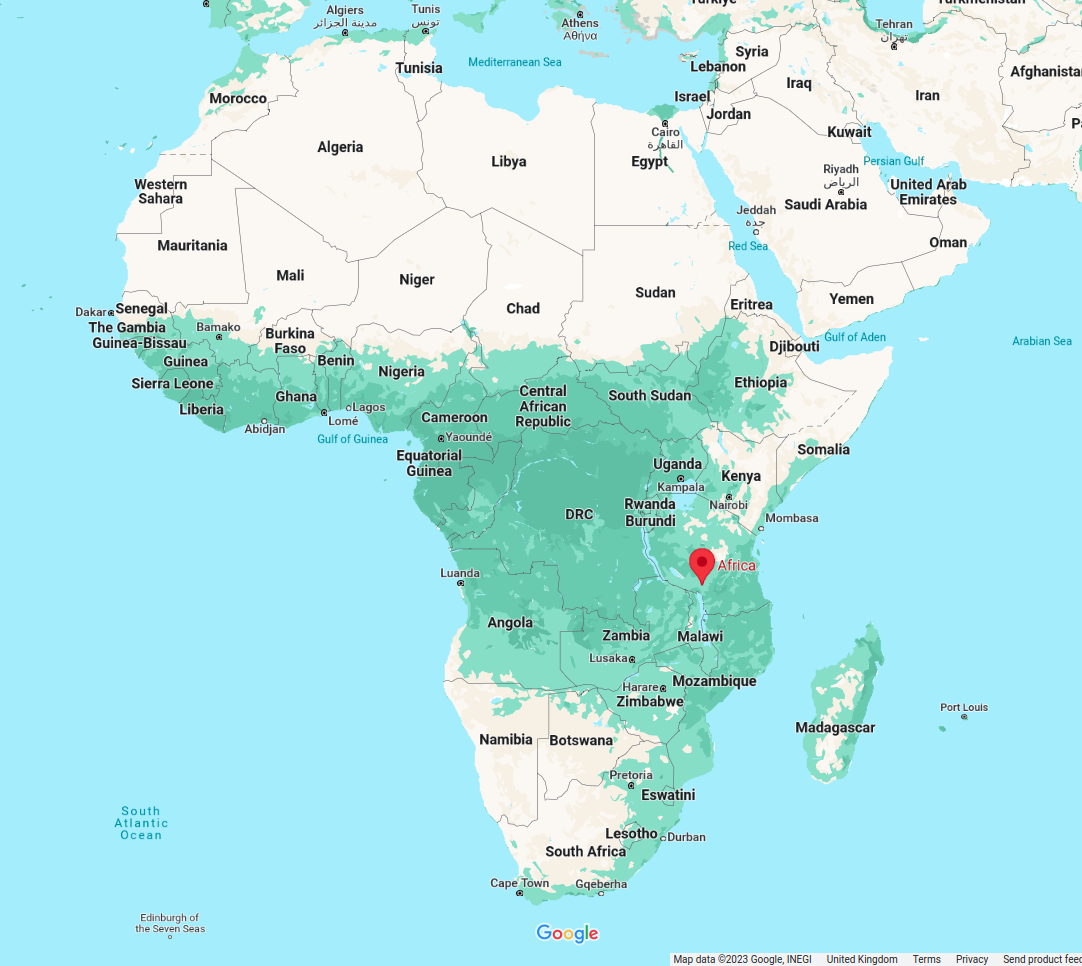Africa, the second-largest continent on Earth, is a land of diverse cultures, languages, and landscapes. As we explore the question of how many countries are there in Africa, it’s important to acknowledge the rich tapestry of nations that make up this remarkable continent.

Africa: A Continent of 54 Nations, Each With Its Unique Story
Africa comprises a total of 54 recognised countries. These nations vary widely in size, population, and cultural heritage, contributing to the continent’s incredible diversity. Here is a comprehensive list of all 54 African countries:
1. Algeria
2. Angola
3. Benin
4. Botswana
5. Burkina Faso
6. Burundi
7. Cabo Verde
8. Cameroon
9. Central African Republic
10. Chad
11. Comoros
12. Democratic Republic of the Congo
13. Republic of the Congo
14. Djibouti
15. Egypt
16. Equatorial Guinea
17. Eritrea
18. Eswatini
19. Ethiopia
20. Gabon
21. The Gambia
22. Ghana
23. Guinea
24. Guinea-Bissau
25. Ivory Coast (Côte d’Ivoire)
26. Kenya
27. Lesotho
28. Liberia
29. Libya
30. Madagascar
31. Malawi
32. Mali
33. Mauritania
34. Mauritius
35. Morocco
36. Mozambique
37. Namibia
38. Niger
39. Nigeria
40. Rwanda
41. Sao Tome and Principe
42. Senegal
43. Seychelles
44. Sierra Leone
45. Somalia
46. South Africa
47. South Sudan
48. Sudan
49. Tanzania
50. Togo
51. Tunisia
52. Uganda
53. Zambia
54. Zimbabwe
Each of these countries has a unique history, cultural heritage, and national identity. While they are separate entities, they are interconnected through the shared experiences of the African continent. As we celebrate the diversity of Africa, it’s crucial to recognise the unity that binds these nations, fostering a sense of pride and patriotism across the continent. Africa’s story is not just about its individual countries but the collective journey toward progress, unity, and prosperity.

